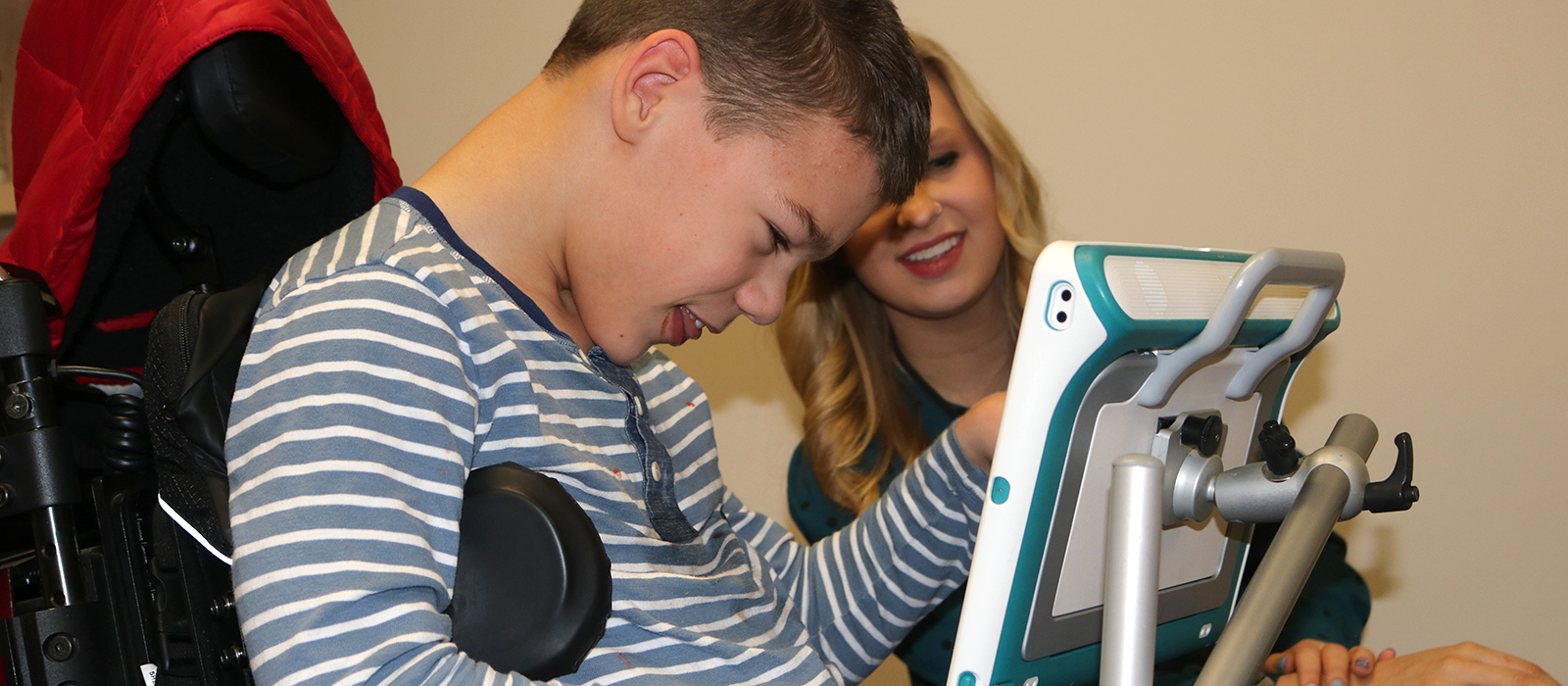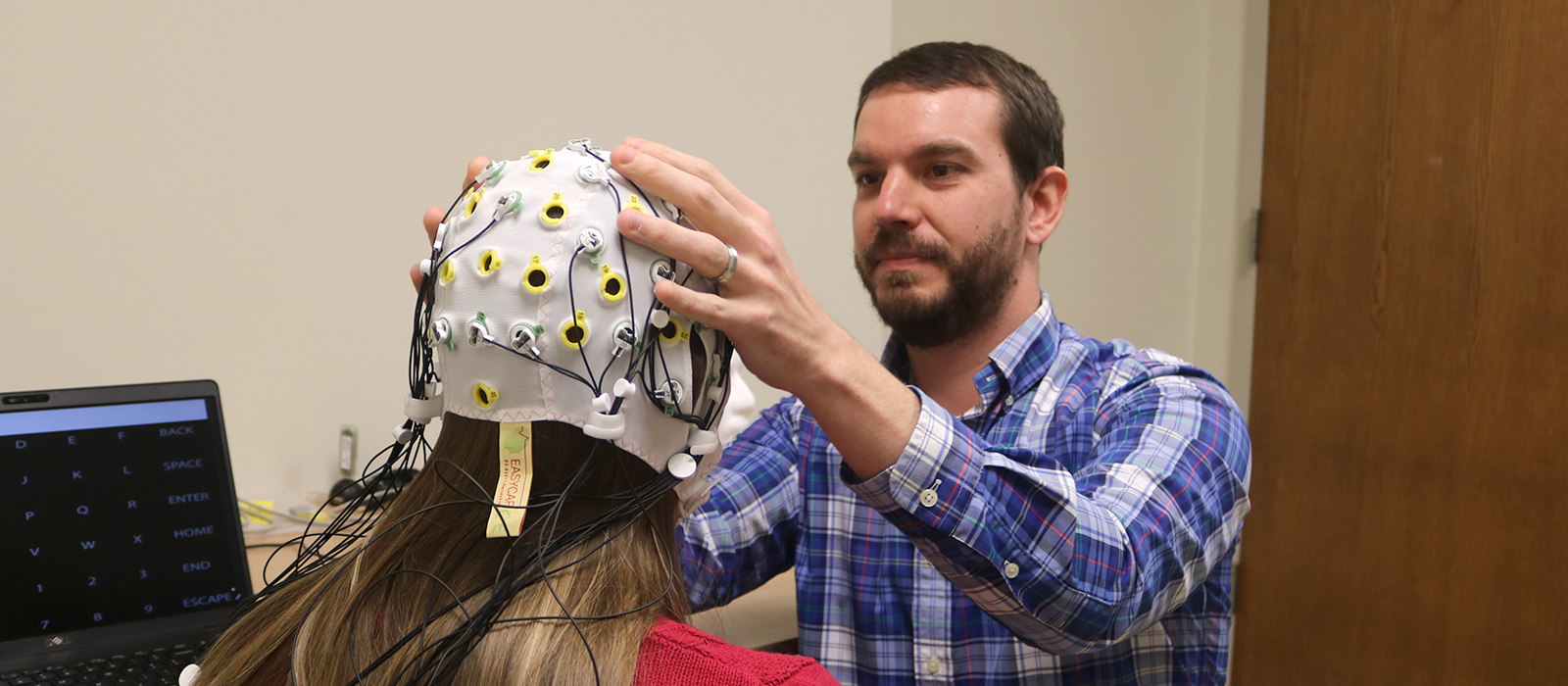Join Our Lab as a Research Assistant
Video overview of what children can expect when they participate in our research with EEG
Imagine struggling to communicate with the world around you. This can be the reality for individuals with severe physical impairments due to conditions such as amyotrophic lateral sclerosis (ALS), cerebral palsy and stroke. Currently, these individuals commonly control augmentative and alternative communication (AAC) devices using methods such as eye tracking. Eye tracking technology allows an individual to create messages by looking at a communication element (e.g., a letter), and then performing another action (e.g., eye blinking) to select the desired item. However, these individuals may find using eye-gaze devices to be ineffective, inefficient and/or fatiguing. Therefore, there is a need for developing new methods for accessing AAC devices for these individuals.
An emerging AAC technology focuses on providing brain-controlled access to AAC devices. Non-invasive brain computer interfaces (BCIs) use electroencephalography to unlock AAC access by linking an individual's brain activity to communication device control. While BCI technology is expanding in laboratory settings, transition into clinical practice is impeded by numerous barriers, including a lack of consistency between BCI research and existing AAC practices.
The focus of the Augmentative and Alternative Communication Translation (AACT) Lab is to consider the development and implementation of AAC devices for adults and children with severe physical impairments. The lab's long-term goal is to translate new AAC access technologies, with a primary focus on BCI-AAC technologies, out of the laboratory setting and into clinical practice by informing procedures regarding AAC assessment, intervention and display design for commercially available communication access technologies (e.g., eye-gaze, switch scanning), and then translating these findings to emerging AAC technologies. These efforts hope to support the smooth incorporation of BCI into existing clinical practices alongside existing AAC techniques, and support fully inclusive access options across the lifespan.



